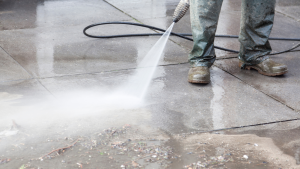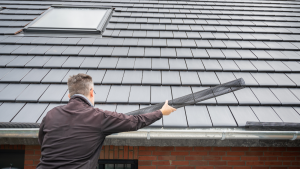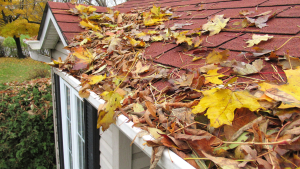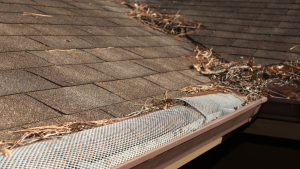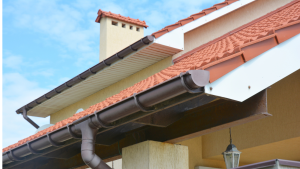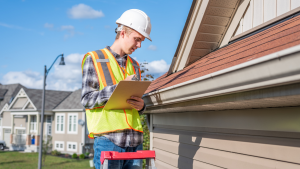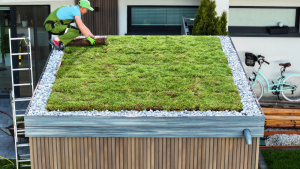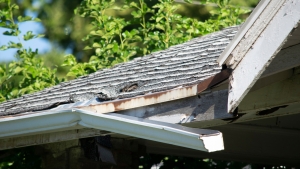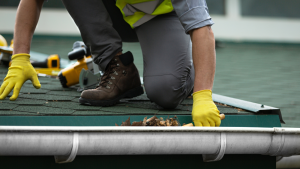Power Washing Tips: What You Need to Know Before You Start
Pressure washing, also known as power washing, is a popular method for cleaning outdoor surfaces. It involves using high-pressure water to remove dirt, grime, mold, and other contaminants. However, before you start power washing, it’s important to understand the basics and take necessary precautions to avoid damage to your property.
Power Washing vs. Pressure Washing
While these terms are often used interchangeably, there is a key difference between power washing and pressure washing:
- Power washing: Uses heated water under high pressure.
- Pressure washing: Uses cold water under high pressure.
Choosing the Right Method
The best method for your cleaning needs depends on the surface you’re cleaning and the severity of the dirt or grime. Here are some general guidelines:
- Power washing: Ideal for tough stains, mold, and mildew on surfaces like concrete, brick, and vinyl siding, as outlined in our comprehensive guide on power washing.
- Pressure washing: Suitable for less stubborn dirt and grime on surfaces like wood decks, patios, and fences.
Tips Before Power Washing
- Understand the Difference Between Residential and Professional Detergents: Not all cleaning agents are created equal. Use detergents specifically designed for the surface you’re cleaning to avoid damage.
- Know What You Should and Shouldn’t Wash: Some surfaces, like laminar sandstone and painted objects, may not be suitable for power washing. Consult a professional if you’re unsure.
- Consider the size of the area and surface type: larger areas and surfaces with heavy grime may benefit from power washing, as explained in our post on the advantages of power washing your home’s exterior.
- Choose the Right Equipment: If you’re renting a pressure washer, ensure it’s suitable for residential use and that you have the appropriate nozzles and attachments.
- Safety First: Always wear protective gear, including goggles, gloves, and closed-toe shoes. Never point the nozzle at people or pets.
- Test in an Unconspicuous Area: Before starting, test the pressure on a small, inconspicuous area to ensure it doesn’t damage the surface.
- Start at the Bottom: Work your way up to prevent dirty water from running down onto clean areas.
- Use a Detergent: For tougher stains, apply a cleaning solution before rinsing with water.
- Avoid Overspray: Cover nearby plants, windows, and other surfaces to prevent damage from water spray.
- Consider Professional Help: If you’re unsure or uncomfortable with DIY power washing, hiring a professional can save you time and effort.
By following these tips, you can safely and effectively power wash your outdoor surfaces, restoring their appearance and protecting your property from damage. Remember to choose the right method, use the appropriate detergents, and prioritize safety to achieve the best results.


